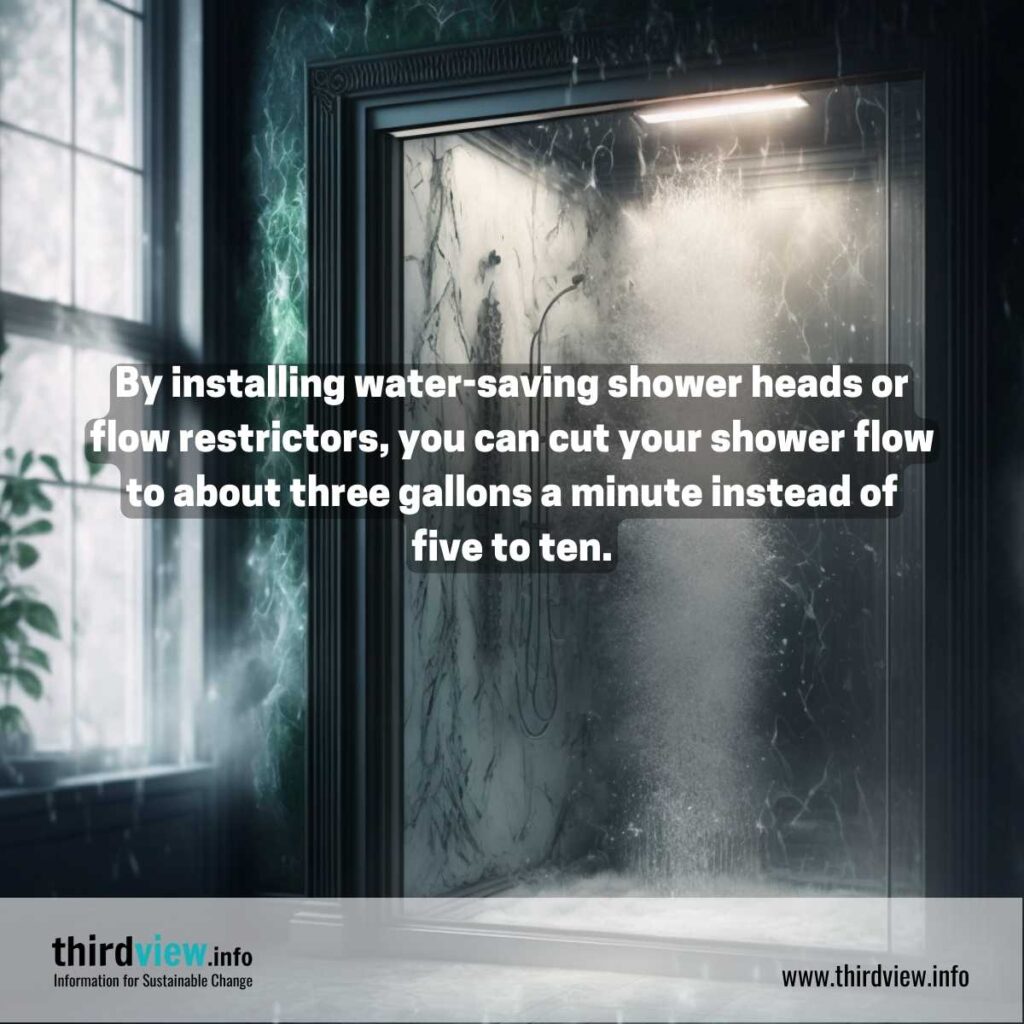The 5-Minute Rule for Reclaim Waste
The 5-Minute Rule for Reclaim Waste
Blog Article
Getting The Reclaim Waste To Work
Table of ContentsFascination About Reclaim WasteNot known Details About Reclaim Waste Little Known Facts About Reclaim Waste.The 8-Minute Rule for Reclaim WasteThe Basic Principles Of Reclaim Waste
Explore the types, incidents, and kinds of liquid waste. Domestic sewer waste refers to the waste and products from a property septic system. This type of waste is created by human beings in houses, institutions, and other buildings. This only consists of septic systems that have a drain field. The proper administration and disposal of residential sewage waste need liquid waste to be moved to a sewage treatment plant where the appropriate techniques and equipment are applied to cleanse and deal with waste.
Commercial waste usually includes potential hazards, such as combustible materials or a combination of liquid and strong waste items, and requires an advanced and detailed disposal procedure. The disposal of industrial waste normally entails the filtration of waste before transport to make sure secure and correct disposal. Industrial waste is produced from by-products and runoff of commercial processes and production.
This type of waste can not utilize the same sewage administration transport or processes as septic or industrial liquids. The commercial waste monitoring procedure calls for the examination and testing of fluid waste before it goes through the disposal procedure (liquid waste disposal). Drainage waste is the fluid waste that originates from drainage and excess stormwater in very populated locations or cities
Runoff waste can cause contamination and flooding if not taken care of correctly. Making sure proper waste management can stop catastrophes and reduce ecological harm.
An Unbiased View of Reclaim Waste
Get in touch with PROS Services today to learn more about our waste management and disposal solutions and the correct methods to care for the liquid waste you create.
(https://pxhere.com/en/photographer-me/4429814)This supposed 'wastewater' is not just an essential source however, after therapy, will be released to our land, rivers or the sea. Made use of water from commodes, showers, baths, cooking area sinks, laundries and commercial processes is understood as wastewater.

water made use of to cool machinery or clean plant and devices). Stormwater, a form of wastewater, is overflow that streams from agricultural and metropolitan locations such as roofs, parks, gardens, roadways, courses and rain gutters right into stormwater drains, after rainfall. Stormwater flows unattended directly to neighborhood creeks or rivers, eventually getting to the ocean.
Indicators on Reclaim Waste You Should Know
In Queensland, the majority of wastewater is dealt with at sewer treatment plants. Wastewater is moved from residential or commercial websites with this page a system of drains and pump stations, known as sewerage reticulation, to a sewage therapy plant.
The Division of Natural Resources recommends local federal governments regarding managing, operating and keeping sewerage systems and treatment plants. In unsewered areas, regional governments may require householders to set up specific or family sewage therapy systems to deal with domestic wastewater from toilets, kitchen areas, bathrooms and washings. The Division of Natural Resources authorizes making use of family systems when they are shown to be efficient.
A lot of stormwater receives no treatment. In some new class, treatment of some stormwater to eliminate litter, sand and crushed rock has started making use of gross pollutant traps. Wastewater therapy takes place in four phases: Eliminates solid issue. Larger solids, such as plastics and other items incorrectly discharged to drains, are removed when wastewater is passed through screens.
Wastewater then streams right into large storage tanks where solids clear up and are eliminated as sludge. Oil and scum are skimmed from the surface area. Uses tiny living microorganisms referred to as micro-organisms to damage down and get rid of continuing to be dissolved wastes and fine bits. Micro-organisms and wastes are included in the sludge. Gets rid of nitrogen and phosphorus nutrients that can trigger algal blossoms in our waterways and intimidate water life.
Get This Report about Reclaim Waste
Nutrient elimination is not readily available whatsoever sewer treatment plants due to the fact that it requires pricey specialised devices. It is coming to be extra typical in Queensland. Clear fluid effluent generated after therapy might still include disease-causing micro-organisms. If this effluent is released into waterways such as rivers or the sea, the micro-organisms will at some point pass away out.

A lot of wastewater flows right into the sewerage system. Under the Act, local federal governments provide approvals and licences for eco appropriate tasks (Periods) involving wastewater launches that might have a regional effect.
Some Ideas on Reclaim Waste You Need To Know
Otherwise, examples are taken for research laboratory evaluation. Commonly numerous examinations are required to develop the degrees of each of the various pollutants such as oils, heavy steels and pesticides in water. Tracking supplies valid info concerning water quality and can confirm that permit conditions are being met. The information gotten with surveillance gives the basis for making water quality choices.
Report this page